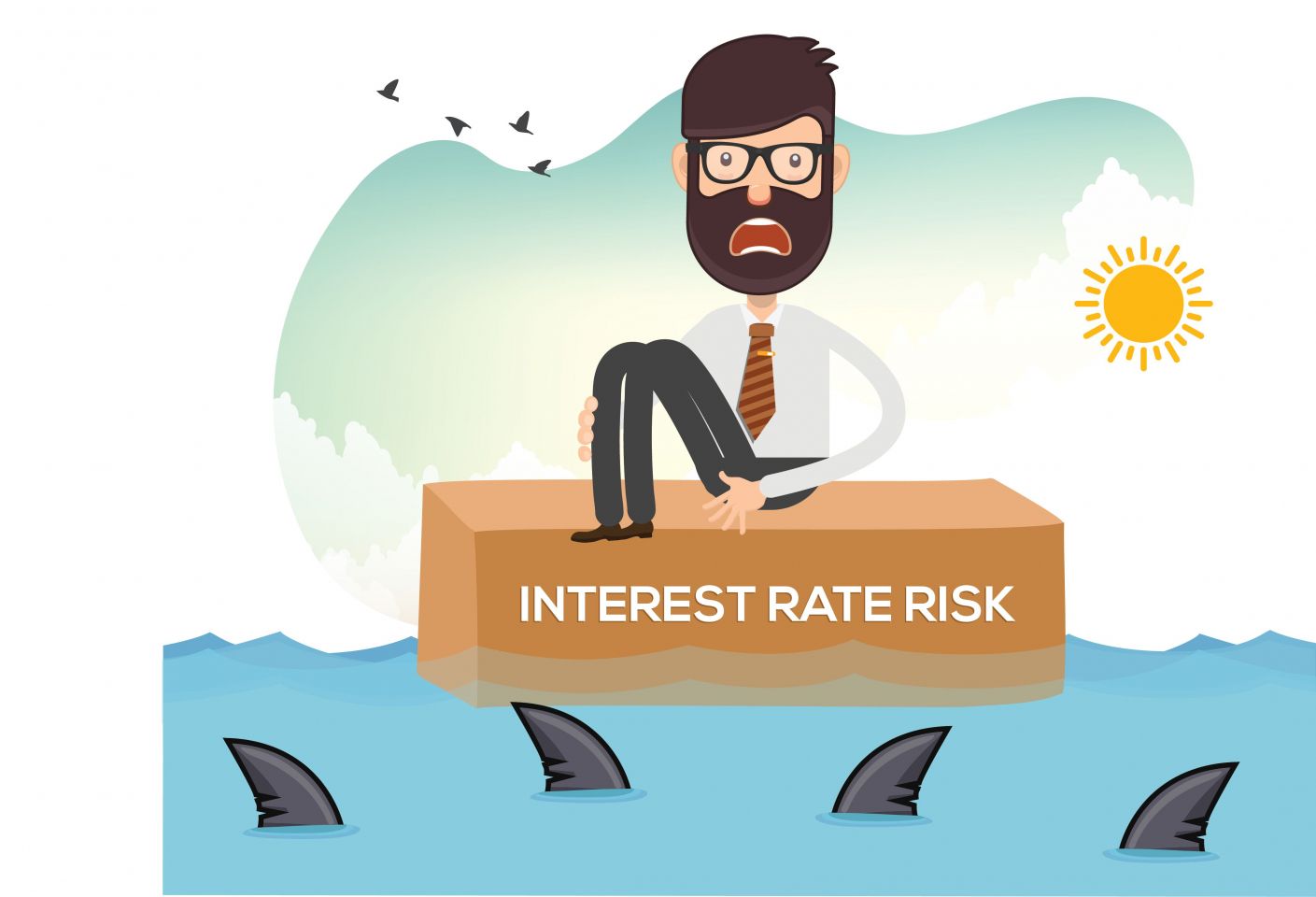What is interest rate risk?

Interest rate risk is the possibility of a loss that could result from a change in interest rates. In case the rate increases, the value of a bond or other fixed-income security will decline.
The change in a bond’s price given the change in interest rates is called its duration. Longer-term bonds are more sensitive to interest rate changes.
Investors can reduce the interest risk rate by holding bonds of different durations. They can also hedge fixed-income investments with interest rate options, swaps and other derivatives.
Interest rate meaning
Changes in interest rates can impact many investments, but bonds and other fixed-income assets are affected most directly. Bondholders usually track interest rates carefully and consider their possible changes over time.
With fixed-income securities, if interest rates grow, the price of securities fall. It means that when interest rates increase, the cost of missing out on a more profitable investment opportunity is greater.
Considering the interest rate risk example, let’s suppose that you own a bond with a fixed rate of 5 per cent at its par value of $1,000. It will seem much less attractive when you earn the same 5 per cent when interest rates elsewhere rise to 7 or 8 per cent.
To compensate for this disadvantage, the value of such bonds should decrease, as investors tend to switch to other investments, which reflect the higher interest rate.
Generally, bonds with shorter time to maturity bear a smaller interest rate risk compared to bonds with longer maturity.

How to decrease the interest rate risk?
Similar to other types of risks the interest rate risk can be decreased. The most common methods to mitigate the risk include:
If bondholders are sure that the interest rate risk can have a negative impact on the value of their investment portfolios, they can diversify by adding assets with the value that is not affected by the interest rate fluctuations (for example, stocks). If the portfolio consists of bonds only, it can be diversified by a mixture of long-term and short-term bonds.
Various trading strategies can also be applied to minimise the interest rate risk. Usually, they include buying different types of derivatives. The most widespread examples include interest rate swaps, futures, option and forward rate agreements (FRAs).